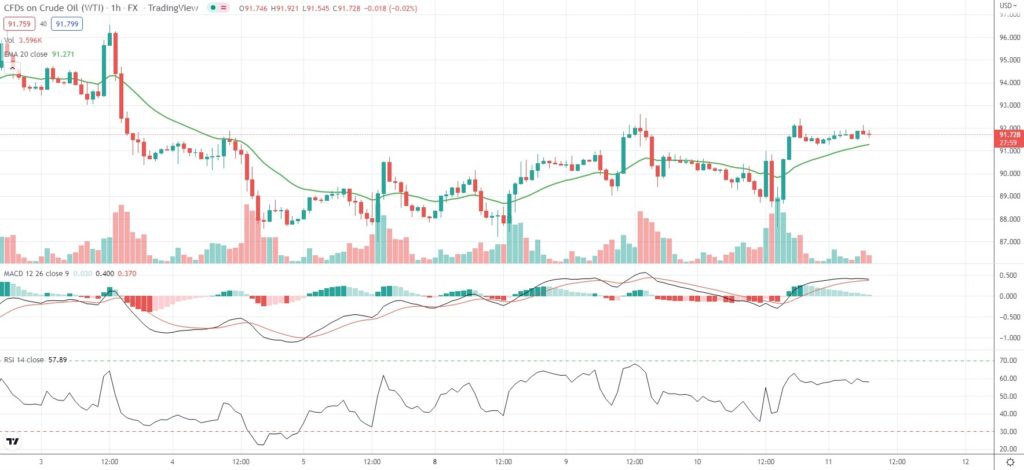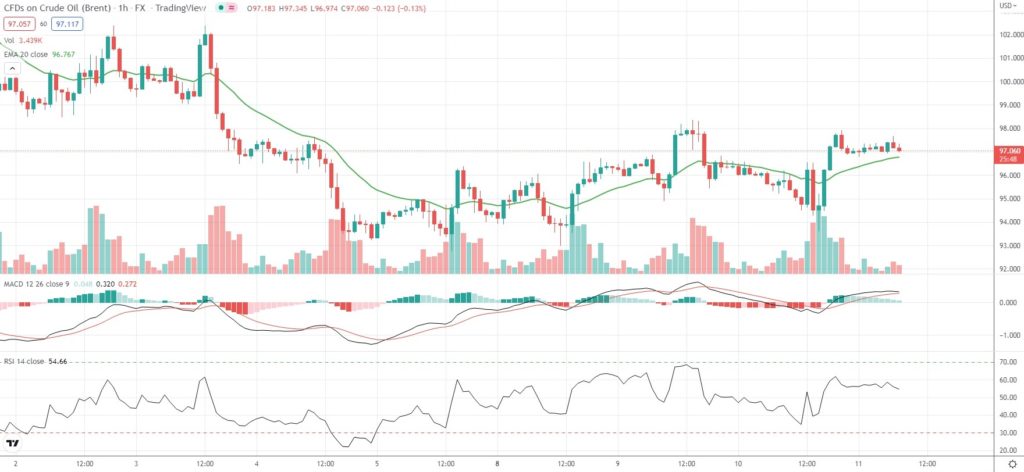Having risen over 1% yesterday, futures on US West Texas Intermediate Crude Oil edged lower on Thursday, as investors weighed easing supply disruption concerns against proof of improving fuel demand.
The official report by the US Energy Information Administration (EIA) showed on Wednesday gasoline inventories had decreased by 4.978 million barrels to 220.3 million barrels during the week ended on August 5th – the biggest drop since October 2021. Analysts on average had anticipated a much smaller decrease – by 0.633 million barrels.
Meanwhile, US crude oil stocks increased by 5.458 million barrels to 432 million barrels last week, while markets had expected a 0.073-million-barrel gain.
Global supply concerns eased after Russian state oil pipeline monopoly Transneft resumed oil flows to Europe through the southern leg of the Druzhba oil pipeline.
Beside oil futures, physical oil prices across the globe have started drifting lower, another evidence of easing concerns over Russian-led supply disruptions and mounting economic slowdown fears.
The monthly oil reports by the International Energy Agency and the Organization of the Petroleum Exporting Countries are due to be released later today.
As of 7:31 GMT on Thursday WTI Crude Oil Futures were edging down 0.20% to trade at $91.75 per barrel. Last Friday the black liquid went down as low as $87.00 per barrel, which has been its weakest price level since February 3rd ($86.74 per barrel).
At the same time, Brent Oil Futures were losing 0.30% on the day to trade at $97.11 per barrel. Last Friday Brent Oil went down as low as $92.75 per barrel, which has been its weakest price level since February 21st ($92.53 per barrel).







